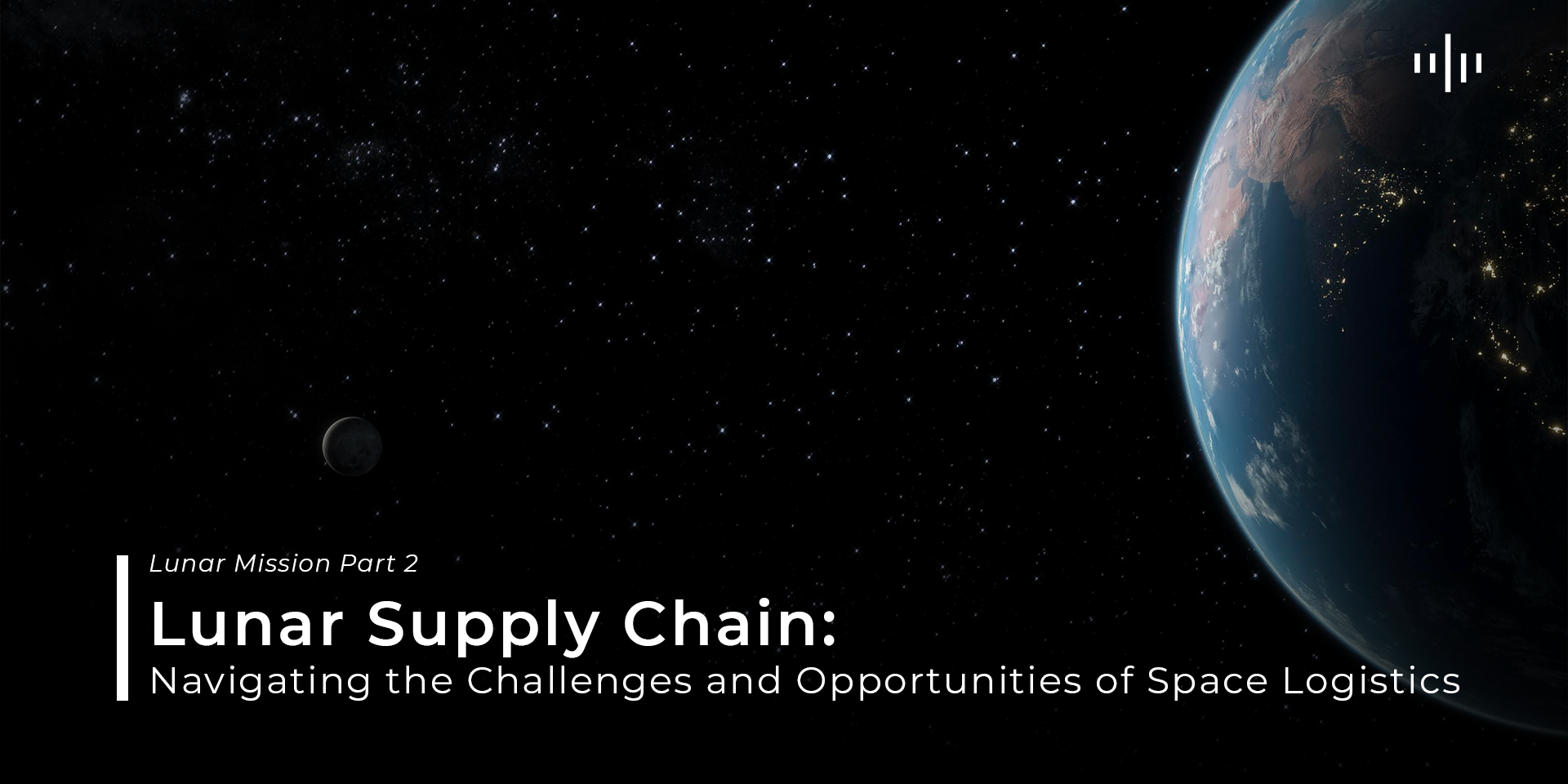Lunar Mission Part 2
Lunar Supply Chain: Navigating the Challenges and Opportunities of Space Logistics
With space exploration and the efforts to inhabit Earth’s planetary neighbor, a lunar supply chain became one of the most critical elements for feasible and self-sustaining operations on the Moon. And as we do, having an extended reach for humans into the cosmos means that an appreciation of the complexity that comes with space logistics and sending humans into space presents the need for the development of robust solutions for lunar supply chain management.
The lunar supply chain possesses quite a different set of challenges due to the extreme environment, huge distances, and dependence on self-sufficiency with limited resources. Each of these factors drives resourceful management, transport, and infrastructure building innovations. Key elements in the lunar supply chain include:
- Resource Extraction and Utilization: Lunar resources that will be available to humans on the Moon include water ice, rare earth metals, and helium-3, all of which would be used for life support, fuel production, and other important functions. In this respect, efficient methods for resource extraction and utilization will be key to a sustainable lunar presence.
2. Transportation and Logistics: Includes developing effective transportation systems to shuttle resources, equipment, and people back and forth to the Moon from Earth. In these regards, advanced propulsion technologies, reusable launch vehicles, and in-space transportation systems will need to be developed. Moreover, lunar spaceports and associated logistics infrastructure will be required for the functioning of the supply chain.
3. Infrastructure Development: This would be in the form of habitats, power generation systems, and communication networks that would allow men to sustain their lives on the Moon for a long period. In most cases, these facilities are meant to conquer the hostile lunar environment and support extended human habitation and operation.
4. Supply Chain Management: The lunar supply chain is intricate, and the management of suppliers, manufacturers, and third-party logistics will require sophisticated planning and coordination. This would involve the development of robust management systems for supply chains, risk mitigation strategies, and contingency plans to avert disruption or emergency.
5. International Collaboration and Regulation: The lunar supply chain will likely involve multiple nations and private entities working together to achieve common goals. Establishing international agreements and regulatory frameworks to govern space activities, resource utilization, and the sharing of benefits is essential for fostering cooperation and preventing conflicts.
The lunar supply chain will change the paradigms of space exploration and scientific discovery by paving the way for the next huge boom in technological development. Coming to terms with these challenges and appreciating the opportunities of lunar supply chain management as a vital support of that sustainable, wealthy future in space will lead us to the following conclusions.







